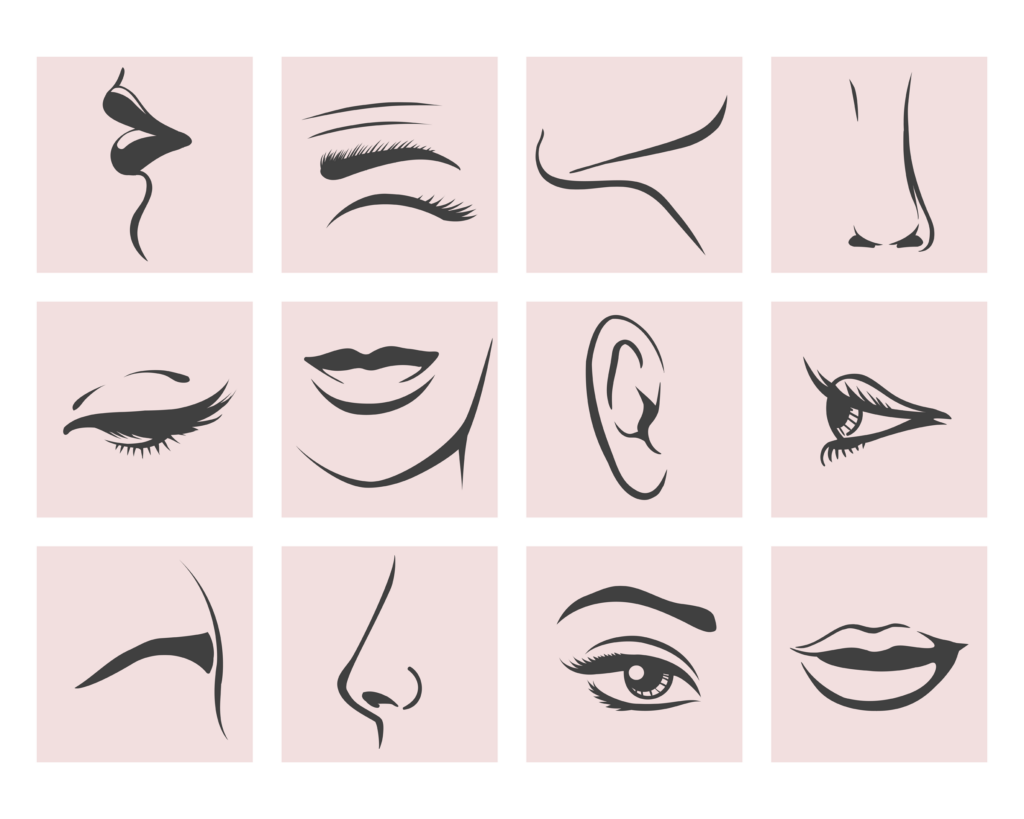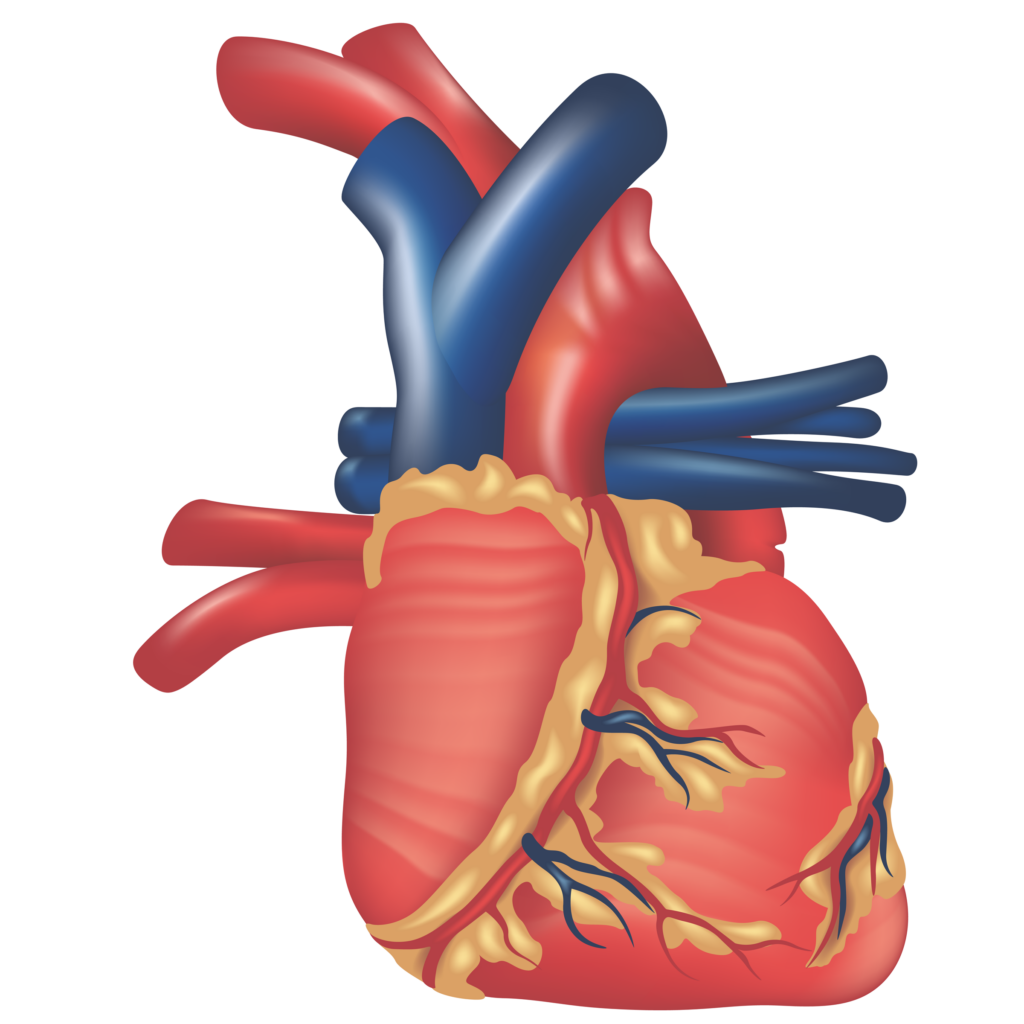
The human body, with its complex network of cells, tissues, and organs, is a captivating subject, and the study of anatomy is an integral part of science education. However, explaining these intricate structures and functions to young children may initially seem like an uphill task. Despite this, it is entirely feasible to present these topics in an approachable and enjoyable manner. The key lies in translating complex information into bite-sized pieces that spark curiosity, encourage exploration, and instill a love for learning. This article aims to provide parents, homeschoolers, and educators with practical, engaging tips for introducing the marvels of anatomy to young students.
Best Tips to Introduce Anatomy to Young Students
Through imaginative storytelling, interactive games, relatable analogies, and digital resources, learning anatomy can be transformed from a potentially intimidating subject into a fascinating journey through the human body. Rather than merely memorizing facts, students will grasp the connections and interplay between different body systems and comprehend the relevance of these systems to their everyday lives.
These tips will help guide those embarking on this educational journey, ensuring the process is not just manageable but thoroughly enjoyable for both teacher and student. So, let’s dive into the wonderful world of cells, tissues, organs, and body systems, making anatomy an exciting adventure of discovery for young learners!
1. Start with the Basics: Understand the Body’s Building Blocks
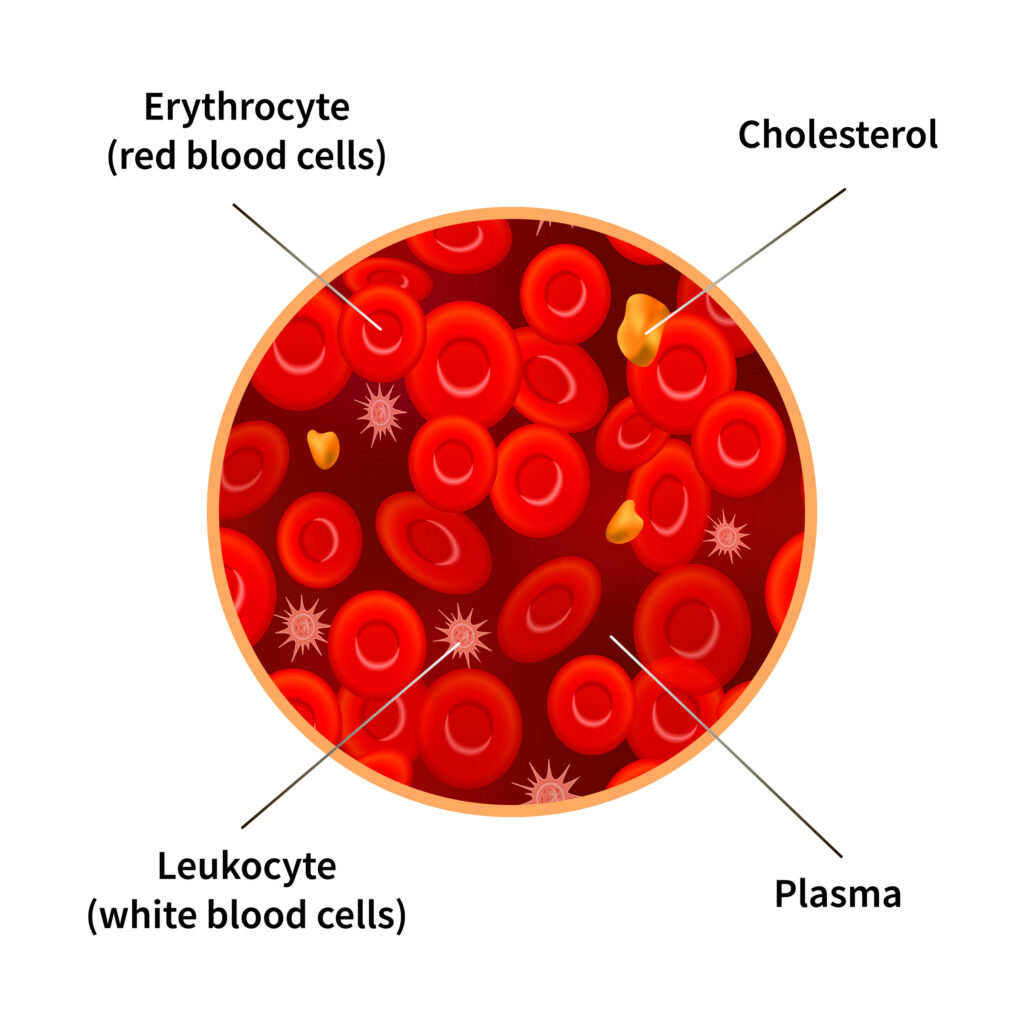
To begin teaching anatomy, it is vital to start with the basics: cells. Everything in our bodies, from the hairs on our heads to the tips of our toes, is composed of cells. Once a child understands this, they will find it easier to grasp that our body is like a giant puzzle, made up of trillions of these tiny pieces.
Use analogies or fun activities to explain what a cell is. For example, comparing a cell to a tiny factory or a city could help students understand the concept better. Highlight the essential parts of the cell, such as the nucleus (the city’s town hall or factory’s manager), the mitochondria (the power plants), and the cell membrane (city walls or factory fence).
2. Build on the Basics: From Cells to Organs

Once the concept of cells is understood, children can begin learning about tissues and organs. Explain how similar cells work together to form tissues, like the pages in a book. These tissues then join forces to form organs, akin to different books on a library shelf. Use tangible examples like this to help them understand abstract concepts.
Utilize visuals such as pictures, diagrams, or 3D models to showcase various organs, such as the heart, lungs, brain, etc. There’s also an abundance of online resources and apps that offer interactive visuals for children to explore.
3. Incorporate Hands-On Learning: Dissection and Models
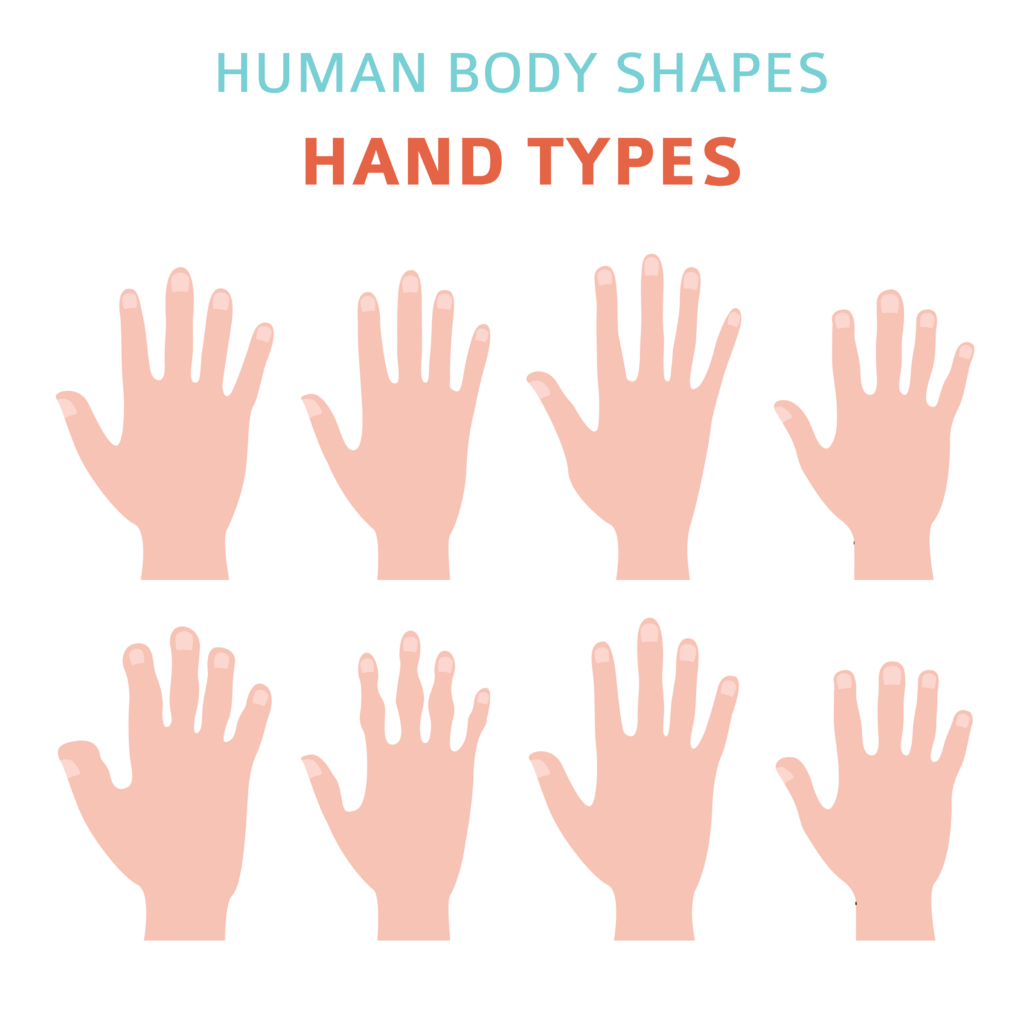
Dissection may not be an option at home, but there are plenty of safe alternatives for hands-on learning. 3D models of organs or the entire human body can be excellent resources. Building these models can be a fun, engaging project, providing a tactile learning experience that aids in reinforcing anatomy concepts.
For those who prefer a more digital approach, there are numerous anatomy applications and software that allow children to ‘dissect’ and explore different body parts virtually.
4. Learning Through Play: Educational Games and Activities
There are countless educational games that make learning anatomy fun and engaging. For instance, ‘body part twister,’ where instead of the traditional color circles, you have pictures of body parts. An anatomy-themed scavenger hunt or puzzles can also encourage learning in an interactive way.
Online, you’ll find many anatomy-themed applications that turn learning into an enjoyable game. These are particularly useful for visual or auditory learners and make study sessions less tedious and more fun.
5. Use Storytelling to Spark Interest

Children love stories, and weaving anatomy lessons into an intriguing narrative can make the concepts more digestible and interesting. Tell a tale about how the blood travels through the body, delivering oxygen and nutrients to various organs, or how the brain controls different parts of the body. This approach will make the subject more relatable and memorable for young learners.
6. Reinforce Learning with Practical Application
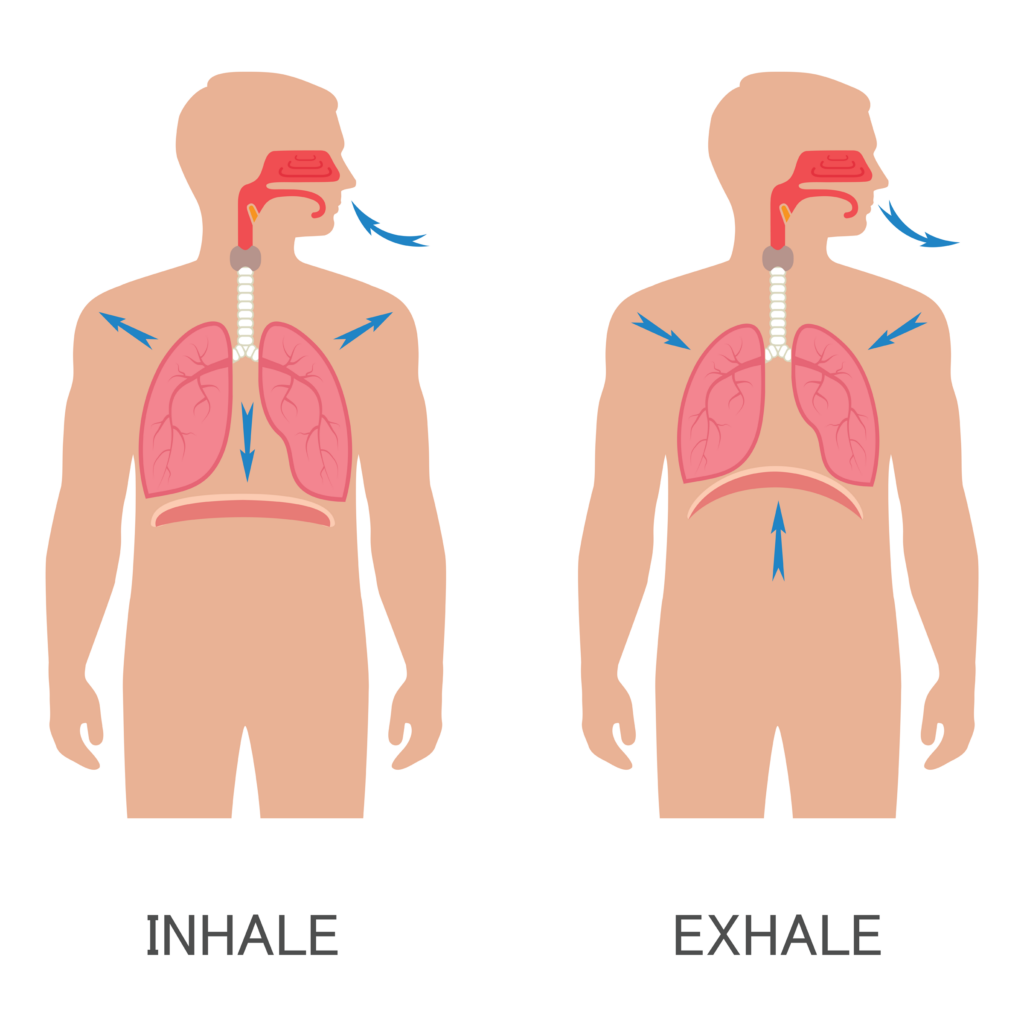
Making real-life connections to what children learn can reinforce the knowledge they’ve gained. Have them listen to their heartbeat after running or feel their pulse. Explain why their muscles hurt after a rigorous game, or why they start sweating on a hot day. This hands-on practical application helps children understand how the concepts they learn are relevant to their lives.
7. Create a Vocabulary Word Wall
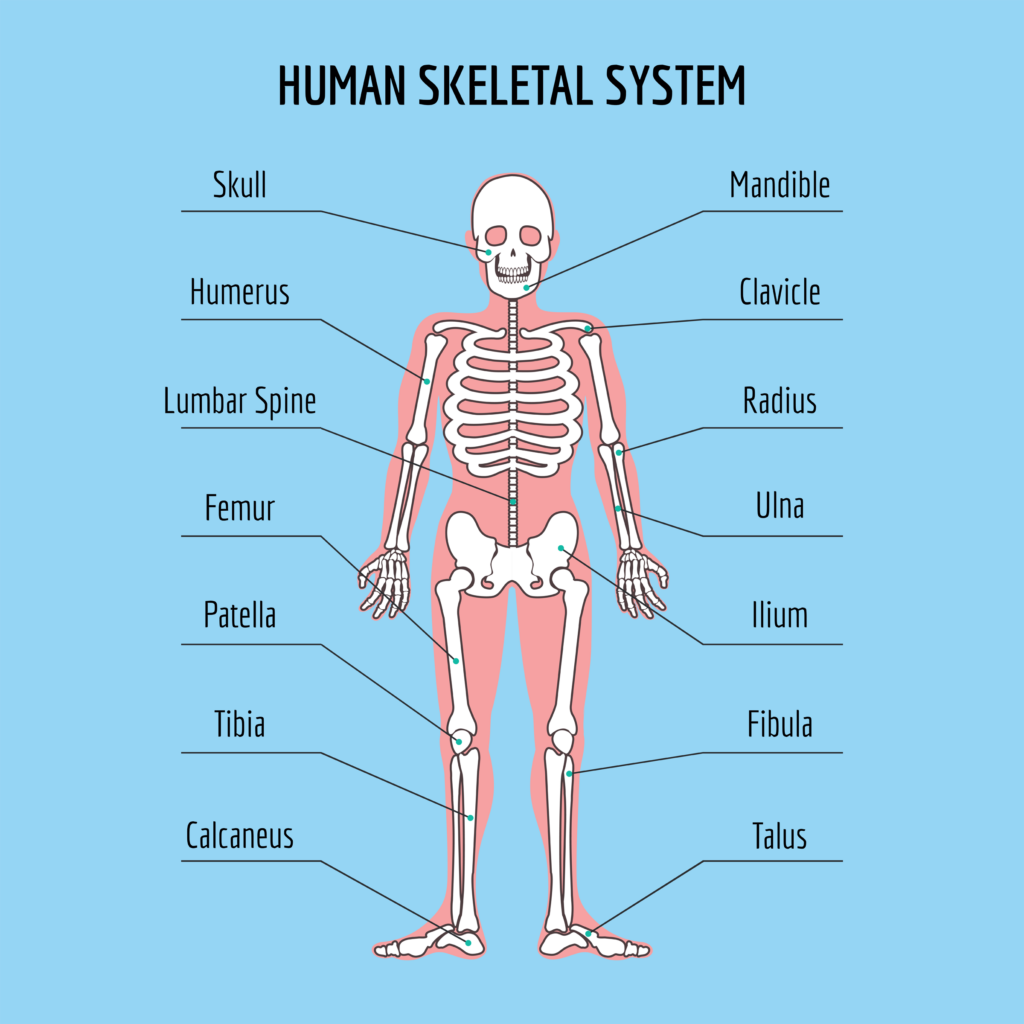
Scientific terminology can sometimes feel overwhelming for young learners. Creating a vocabulary word wall with terms and their definitions can make these new words more approachable. Start with simple words like “cell,” “tissue,” “muscle,” and gradually introduce more complex terms. Illustrations can accompany the words for visual learners. As children learn new vocabulary, they can add their words to the wall, making it a collaborative and ongoing project.
8. Incorporate Technology and Multimedia Resources
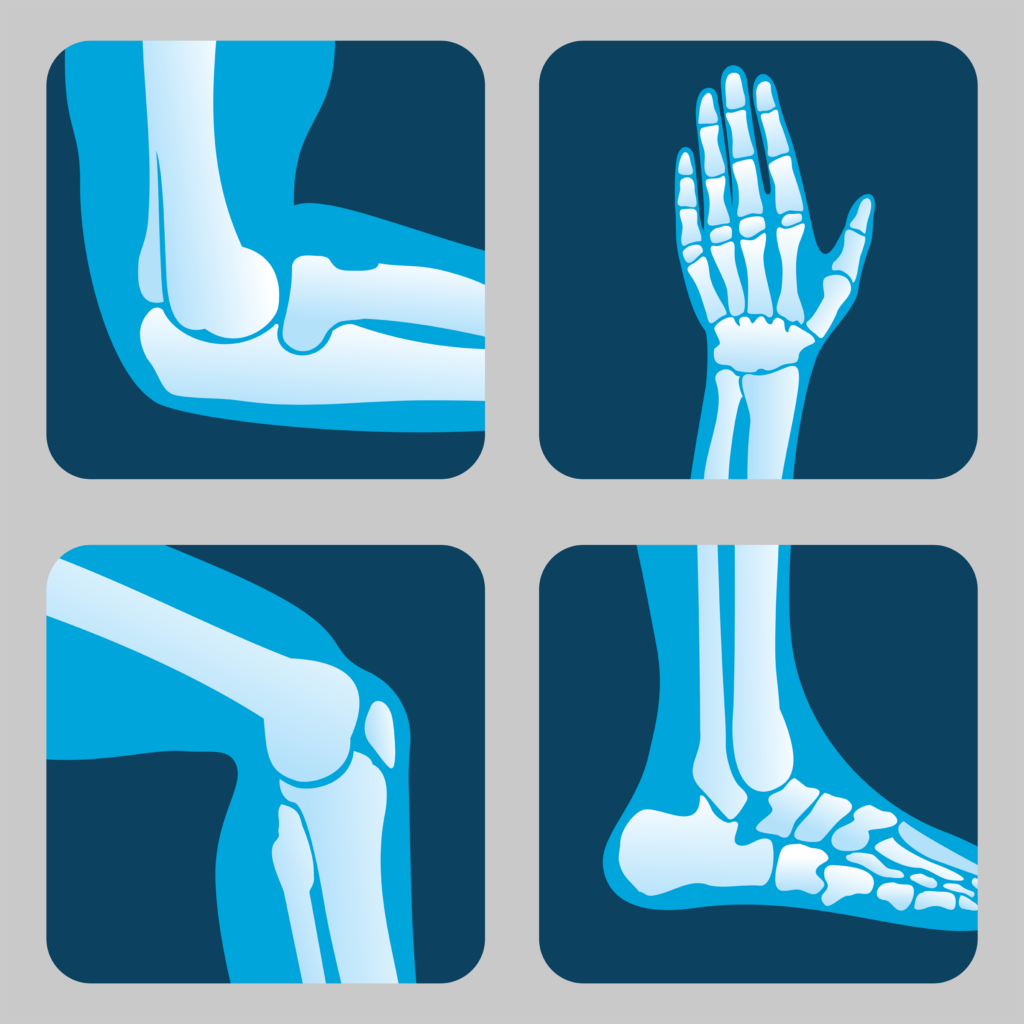
In today’s digital age, there is an abundance of online resources that can make learning anatomy easier and more engaging. Websites, YouTube channels, and educational apps offer interactive animations, videos, and quizzes that explain different body systems. For example, the ‘Visible Body’ and ‘Human Anatomy Atlas’ apps provide 3D views of the body, allowing children to interactively explore different organs and systems.
9. Explore Careers in Anatomy
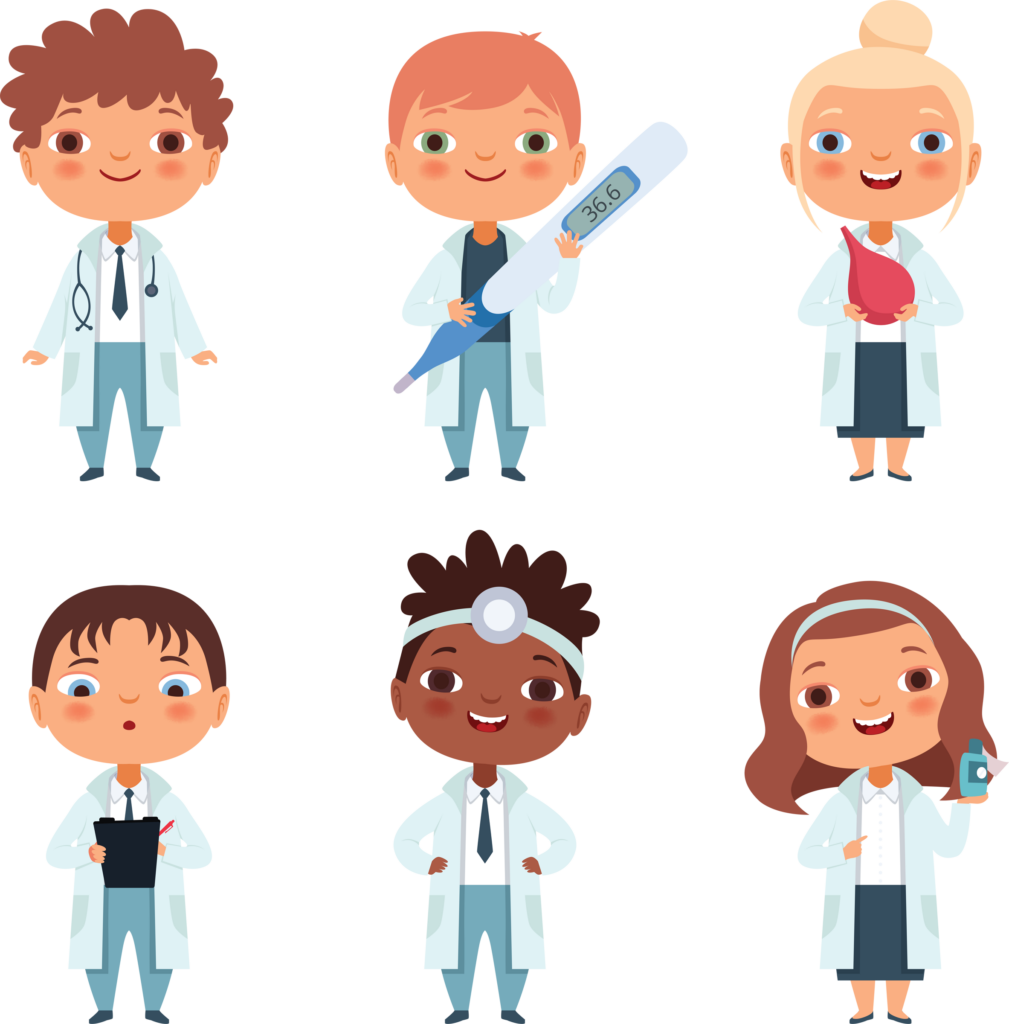
Connecting the concepts learned to real-world careers can provide context and make the subject more engaging. Discuss how doctors, nurses, physiotherapists, and even athletes use their knowledge of anatomy in their work. Arrange for guest speakers, like a local doctor or nurse, to talk about how they use anatomy in their everyday jobs. This exposure can help students see the practical application of what they’re learning.
10. Regular Quizzes and Assessments
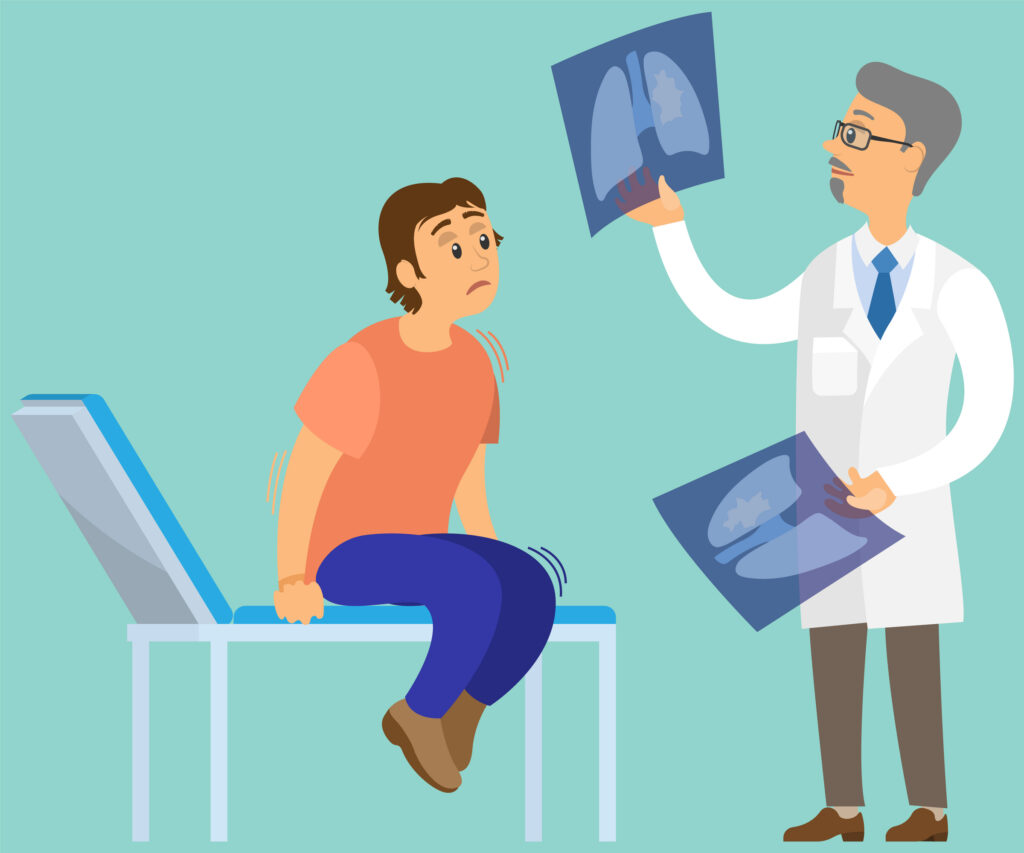
Incorporate regular quizzes and assessments to reinforce learning and gauge the child’s understanding. Keep these assessments fun and low-pressure, framing them as a review game or a trivia challenge. Remember, the goal is not to stress the students but to give them an opportunity to recap what they’ve learned and identify any areas they might need to revisit.
Learning anatomy doesn’t have to be daunting for either the educator or the student. By breaking down the process into manageable chunks, using engaging and interactive teaching methods, and connecting lessons to everyday life, anatomy can become a fascinating exploration of the body’s miraculous inner workings. Remember, the goal is not only to impart knowledge but also to instill a lifelong curiosity and love for learning. Happy teaching!
